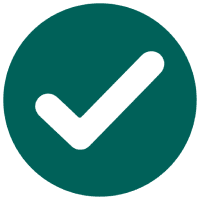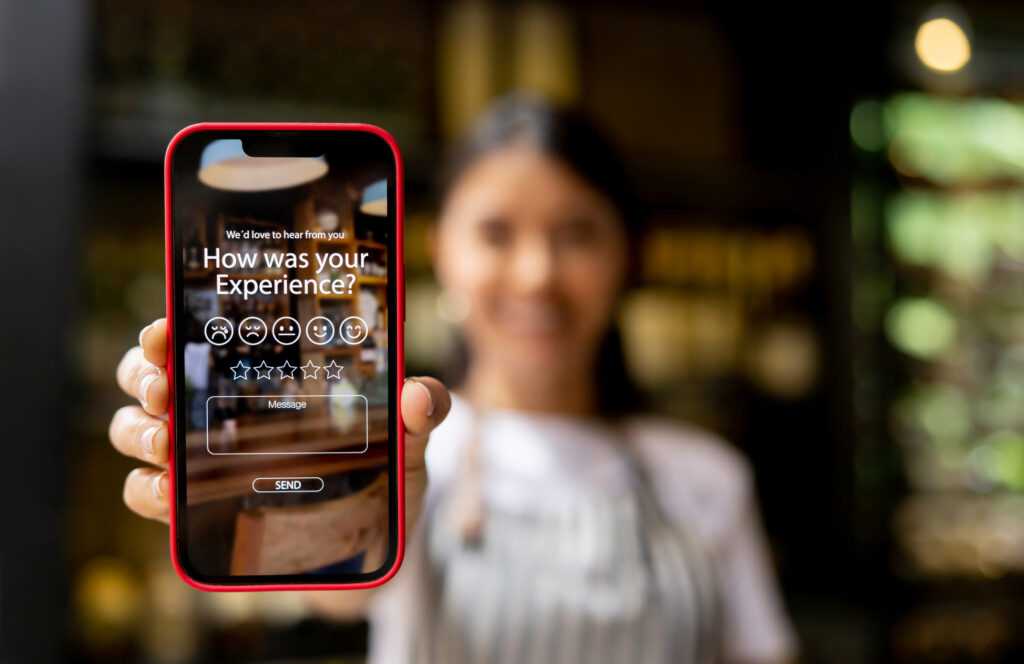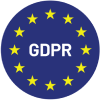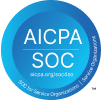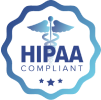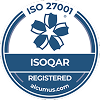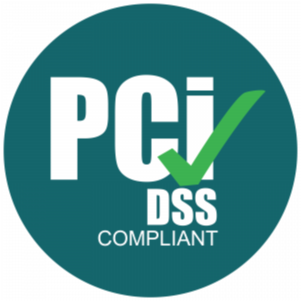What if your biggest retention risk isn’t competitive pay? How your employees experience your company matters. In a hybrid world, cultivating the employee experience isn’t optional. It’s a key opportunity you can’t afford to miss.
It’s time to move beyond Free Pizza Fridays and ping pong tables in the breakroom and build an employee experience (EX) strategy that will attract talent, drive retention, and fuel engagement. It’s not about keeping your employees happy–it’s about creating meaningful and supportive experiences that emotionally connect with employees.
What is an Employee Experience Framework?
An employee experience (EX) framework is like a blueprint for aligning culture, systems, and behaviors across an organization with the goal of creating a cohesive workplace where employees are engaged and as a result the business is thriving.
A strong EX can:
- Improve Retention & Engagement
- Build a Healthy, Resilient Culture
- Boost Productivity & Innovation
- Strengthen the Employers Brand
The Current State of Employee Experience in 2025
Employee engagement declined to 21% in 2024, a concerning trend that highlights the urgency employers are facing in attracting, retaining, and utilizing key talent. There are plenty of places to point the finger such as a lack of face time caused by remote and hybrid work arrangements or changing values driven by generational shifts.
Retention is even more fragile. LinkedIn reports that more than half (56%) of employees are open to new roles even if they are not actively looking. For employers, this means that a lack of intentionality in cultivating EX can quietly erode culture and the bottom line.
Download our free Employee Experience Assessment Toolkit to benchmark your current EX maturity and identify key improvement opportunities.
Core Components of Effective EX Frameworks
While every organization’s employee experience (EX) strategy should be tailored to its unique workforce, the most effective frameworks share a few foundational elements:
| Foundational Element | Why it’s important |
|---|---|
| Alignment with Mission/Values | The employee experience must reflect and reinforce the organization’s core identity. When employees see how their work connects to a larger purpose it builds trust, motivation, and consistency in workplace culture. |
| Lifecycle-Stage Targeting | Strong EX frameworks are not one-size-fits-all. They intentionally map experiences across the entire employee journey, from recruitment and onboarding to development, promotion, and exit to ensure that each phase includes meaningful and personalized touchpoints. |
| Feedback Mechanisms | Effective frameworks are built with two-way communication in mind. Regular pulse surveys, focus groups, 1:1 check-ins, and engagement platforms allow organizations to listen actively and respond quickly to emerging needs and sentiments. |
| Technological Enablement | Digital tools play a critical role in delivering seamless, scalable experiences. From onboarding platforms to performance management systems, technology helps standardize processes, personalize communication, and eliminate friction. |
| Action Planning & Accountability | Insights without action lead to employee frustration. Top-performing organizations turn feedback into concrete action plans, track progress transparently, and assign ownership at every level bringing the EX framework full circle. |
Each element is important, but they don’t operate in silos. These elements work together to create a cohesive, culturally integrated system. Mission alignment guides tone and behavior in decision making for recruiting, hiring, and onboarding. Technology enablement facilitates seamless data collection through milestone surveys and exit interviews, feedback loops help identify pain points that can then be addressed by management as part of a continuous process improvement.
As organizations grow, a unified EX framework ensures consistency across departments, geographies, and teams without losing the local nuance that individual employees need. Scalable EX isn’t about more software; it’s about shared standards with flexible execution.
Model 1: Employee Journey Mapping Framework
Employee journey mapping is the process of visualizing and analyzing the full experience an employee has with your organization, from first interaction to final exit. It helps identify key touchpoints, emotional highs and lows, and areas where the experience can be improved.
A typical journey map includes:
- Recruitment
- Onboarding
- Development
- Engagement
- Retention
- Exit
During recruitment, the employer’s brand perception and the application process are vital to successfully attract and recruit valuable talent. Once a job offer is accepted, the employee moves through the onboarding experience which typically includes orientation, establishing early systems of support, and understanding job role and responsibility.
Development, engagement, and retention can co-occur simultaneously throughout the duration of employment. These journeys include things like workplace learning opportunities, team dynamics and communication, career progression, rewards and recognition.
Finally, the exit experience includes offboarding, knowledge transfer, and alumni relations. Those experiences, while often treated as an afterthought, directly influence the employer’s brand reception, feeding a cyclic cycle that positively or negatively impacts recruitment.
Model 2: Moments that Matter Framework
Moments that matter are high-impact touchpoints in the employee journey that shape perception, trust, and engagement like a first day, promotion, or return from parental leave. These moments carry emotional weight and influence long-term loyalty.
To implement, map the employee lifecycle, identify critical events, gather feedback, and tailor support for each moment. Use metrics like engagement spikes after onboarding or increased retention post-manager transitions to track success.
Here’s how:
- Map the Employee Lifecycle: Look at each phase: recruitment, development, retention, exit, and highlight emotional or high-stakes moments.
- Validate with Feedback: Use surveys or interviews to find out which moments really matter most to employees.
- Create Cultivated Experiences: Design repeatable, personalized touchpoints, for example, onboarding kits, manager transition guides, or reboarding plans after leave.
- Train Managers to Show Up Well: Equip leaders to handle these moments with empathy, transparency, and clarity. Often, it’s not the event that defines the experience as much as it is how it is handled.
Organizations like Cisco and SAP lead in this area by personalizing experiences at these moments, turning them into opportunities to build connections, reinforce culture, and improve employee outcomes at scale.
Model 3: Employee Wellbeing Framework
Another popular twist on the employee experience framework is a values-based alignment strategy like holistic wellbeing. This framework promotes wellbeing across four key dimensions: physical, mental, financial, and social.
| Dimension | Primary aspects |
|---|---|
| Physical |
|
| Mental |
|
| Financial |
|
| Social |
|
To embed wellbeing into the daily employee experience, organizations must move beyond surface-level perks and integrate support into everyday processes such as providing learning stipends for growth, encouraging time off for mental health, or training managers to spot signs of burnout.
The return on investment (ROI) of this strategy can be tracked through reduced absenteeism as well as higher engagement and productivity rates. For example, Johnson & Johnson reported a $2.71 return for every $1 spent on employee wellness initiatives that ultimately lowered healthcare costs and reduced absenteeism for over a decade.
Model 4: Digital Employee Experience (DEX) Framework
The Digital Employee Experience (DEX) framework focuses on how employees interact with workplace technology like tools, systems, and platforms in day-to-day work. DEX intersects with traditional EX by influencing productivity, satisfaction, and engagement through seamless, intuitive digital interactions.
Key elements include user-friendly tech, system integration, and universal accessibility across roles and locations. Mapping DEX involves identifying digital touchpoints like the intranet, HRIS platforms, communication tools, and feedback systems.
To implement DEX, start with a tech audit, gather user feedback, prioritize improvements, and train teams on digital fluency. Companies like Atlassian and Microsoft excel in DEX by continuously refining the digital workplace, automating tasks, and enabling employee self-service.
Strong DEX leads to higher adoption rates, reduced IT friction, and better engagement, especially in hybrid and remote settings. It transforms tech from a frustration point into a driver of culture and performance.
Model 5: The Continuous Listening Framework
The Continuous Listening Framework is a data-action loop that facilitates collecting insights, acting on them quickly, and closing the loop with transparent communication. Organizations using this model utilize pulse surveys, 1-on-1 check-ins, and sentiment analysis tools to capture evolving employee needs, measuring employee experience in real time.
This model builds trust and shows employees their voices matter. Platforms like Sogolytics enable this model with dynamic dashboards, real-time analytics, and role-based reporting that turns feedback into targeted action.
Lincoln Financial uses a continuous listening strategy to identify employees looking for growth and uses that information to provide training for upskilling and reskilling to enable mobility and fuel career growth.
However, continuous listening comes with challenges, such as feedback fatigue and data overload. To avoid this, organizations should be intentional about timing, limit survey frequency, and clearly communicate the “why” behind each initiative. When done well, continuous listening becomes a strategic advantage, enhancing engagement, agility, and culture in an ever-changing workplace.
Implementation Guide: Building Your Custom EX Framework
Transforming employee experience starts with intentional design utilizing proven employee experience models. Whether you’re drawn to journey mapping, digital enablement, or continuous listening, follow this 4-step process to drive impact:
- Assess Current State: Audit your existing EX touchpoints, engagement data, and feedback loops. Identify gaps, friction points, and strengths.
- Select a Framework that Fits: Choose one or more models that align with your goals, workforce needs, and organizational culture. A mixed framework often yields the most tailored result.
- Involve Stakeholders: Bring in human resources, IT, and operations. Include voices from all levels from the C-suite all the way to the front line to provide input, ensuring that the model works across departments and will scale effectively.
- Launch a Pilot and Refine: Start small. Focus on a team, lifecycle stage, or region. Gather feedback, iterate process improvement, and scale what works.
Implementing an EX framework should be staged over a period of 6-12 months, depending on the size and complexity of the organization. It’s imperative to take your time as you work through each step. Spend 1-2 months in discovery learning about stakeholder alignment and evaluating which model(s) are appropriate for your organization.
From there, use informed, data-driven decisions to design an EX program and identify appropriate key performance indicators (KPIs) to track performance. You may be ready to launch your pilot program by month 6 and should plan to test for 3-6 months to gather sufficient data before scaling.
<< Make your own 90-day EX program using our checklist >>
Transform your employee experience strategy with Sogolytics. Schedule a demo today to see how our platform can help you build, measure, and optimize your EX initiatives for 2025 and beyond.
FAQs
What’s the difference between an EX strategy and an EX framework?
An EX strategy defines the vision, goals, and business case for improving the employee experience. An EX framework is a structured approach that brings the strategy to life, outlining how to design, deliver, and measure key touchpoints. Strategy sets the direction while the framework provides the map to get there.
How do I know which employee experience model is right for my company?
The right employee experience model depends on your company’s goals, culture, workforce composition, and current pain points. Start by assessing your biggest challenges (retention, engagement, onboarding gaps) and then address those areas. For example, journey mapping helps improve specific touchpoints while continuous listening helps improve responsiveness.
Can you combine multiple employee experience frameworks effectively?
Yes–combining multiple EX frameworks can help address different aspects of the employee journey. For example, you might use journey mapping to identify key touchpoints, continuous listening to track feedback in real time, and elements of the wellbeing framework to support employee engagement.
What are some “moments that matter” in a remote work environment?
In remote work environments, key moments include virtual onboarding, manager transitions, project milestones, promotions, and personal life events. These key touchpoints are opportunities to shape trust, belonging and engagement. Thoughtful support during these moments, like personalized check-ins, recognition, and clear communication can help remote employees feel seen, supported and connected to the company culture.
How do I measure the success of an employee experience framework over time?
To measure the success of an employee experience framework, track key metrics like employee engagement scores, retention rates, eNPS (employee Net Promoter Score), productivity levels, and absenteeism. Use continuous listening tools to capture real-time sentiment and review available data at regular intervals.
